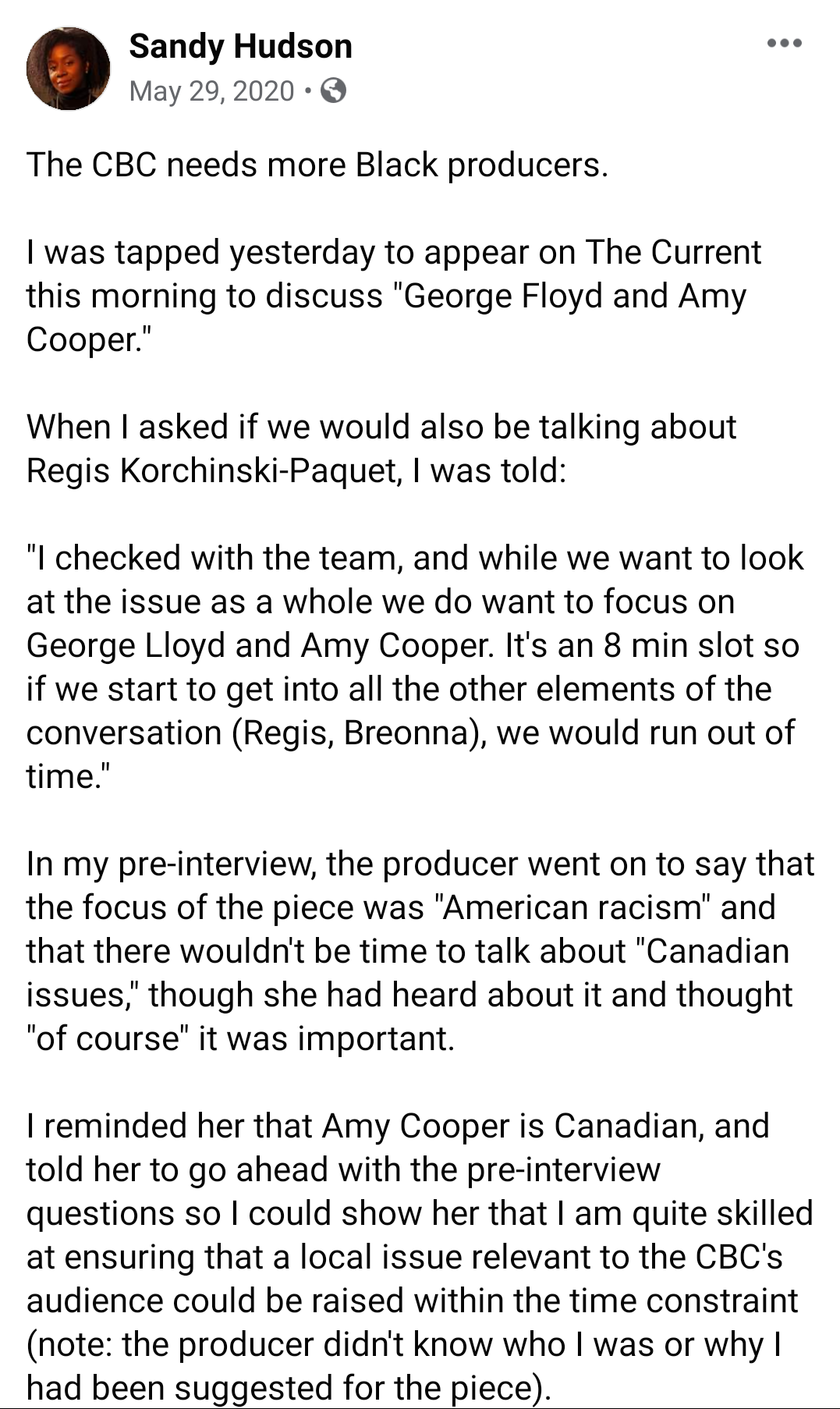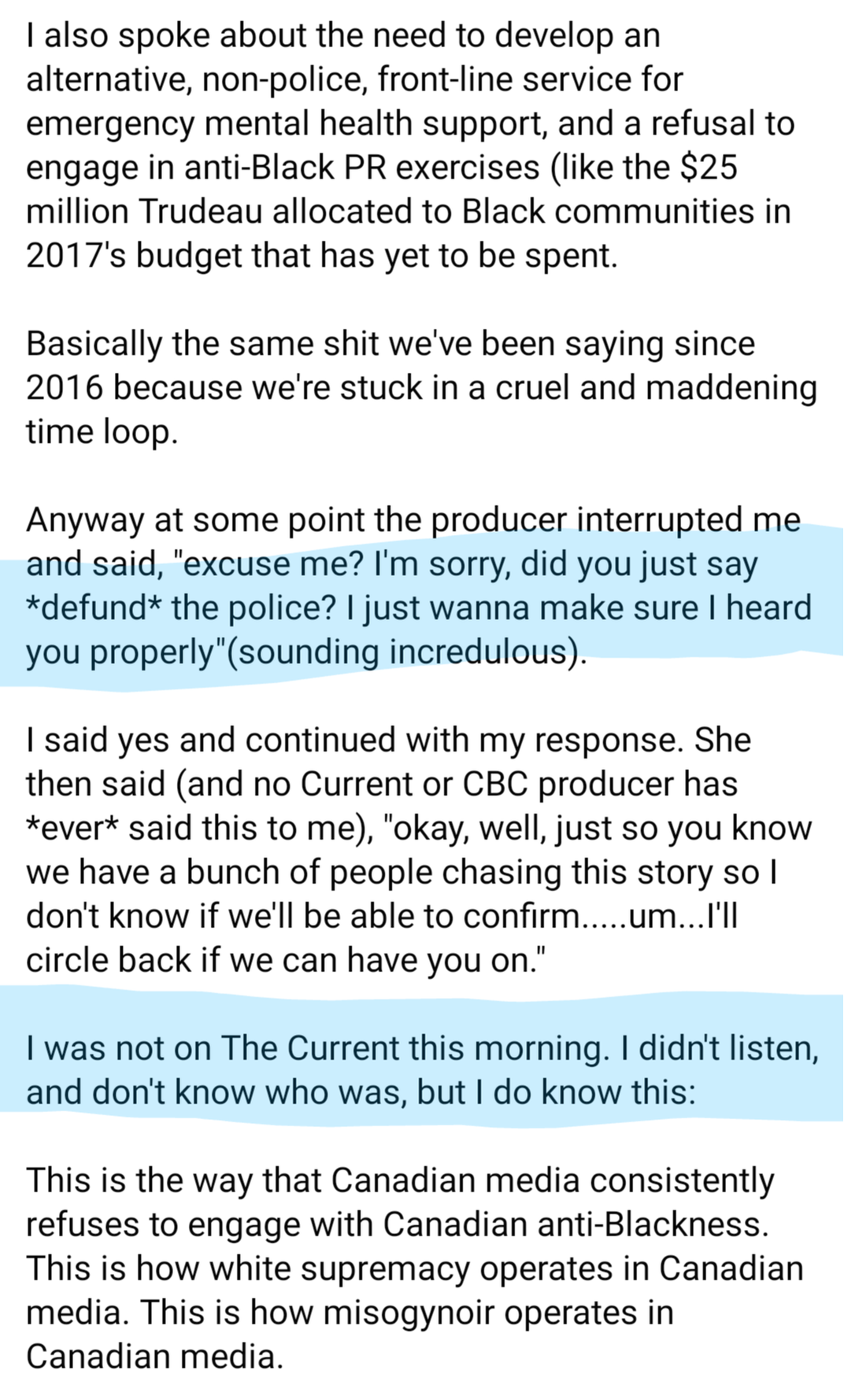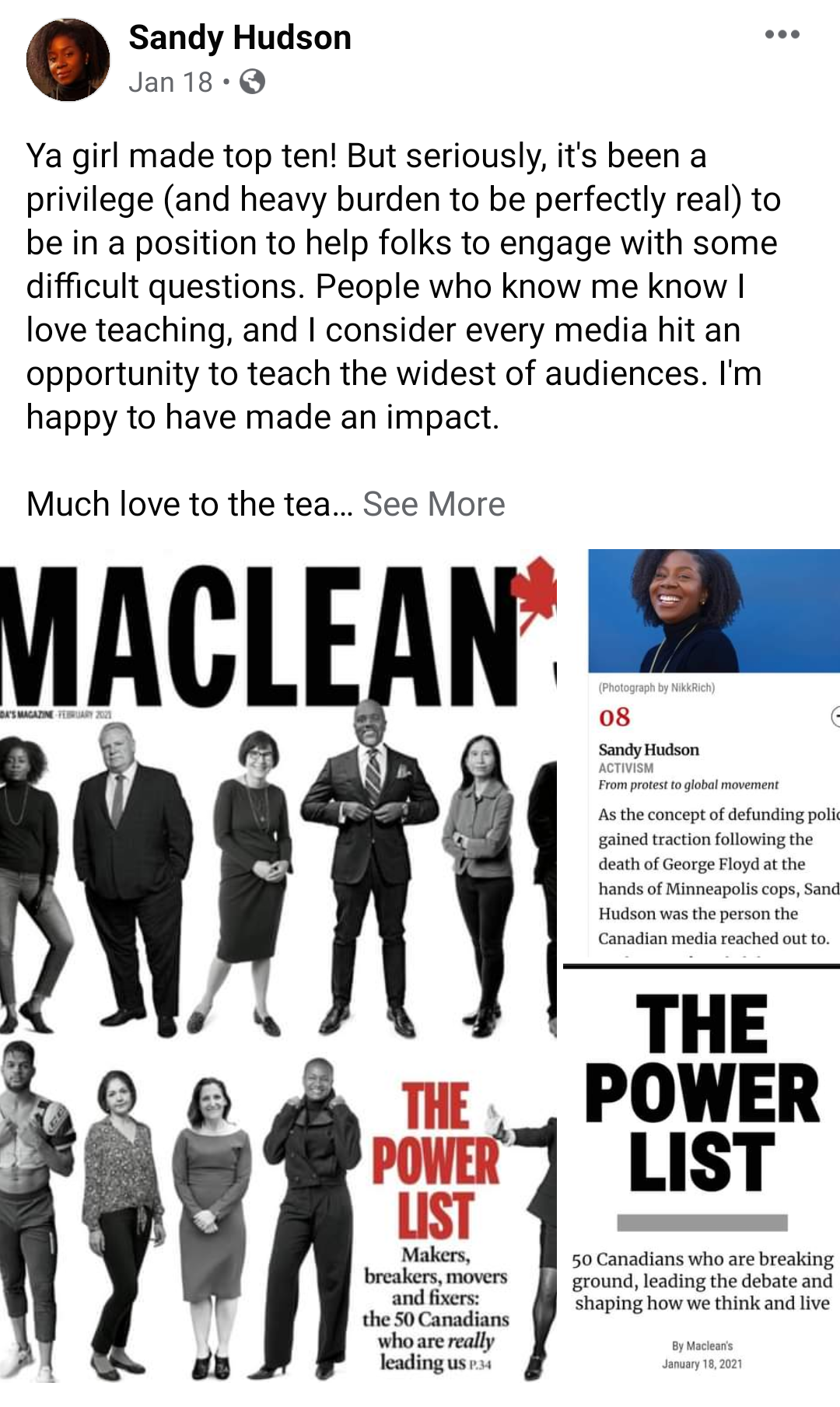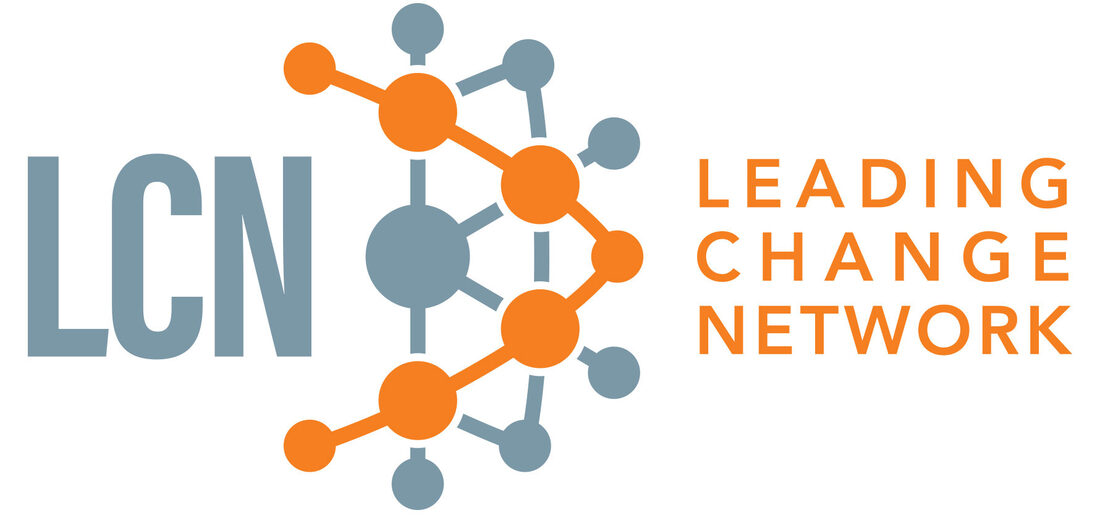|
Y'all, (<-- read that in a Brene Brown Texas accent please) I've just finished reading Change: How to Make Big Things Happen by Damon Centola, and I have so many things I want to download into the brains of everyone trying to disrupt for good. Centola uses research and data to explain how spreading ideas and spreading behaviour change are very different, and the distinction between spreading ideas and having them adopted is one we need to familiarize ourselves with to have maximum impact. If you can read the book, do it. (I borrowed it from the library and then ended up buying a copy anyway to have for reference) If you can't, I'll be sharing a few of my hot takes here. Simple Contagions v. Complex Contagions In short, the premise of the book is that viruses and non-controversial ideas are simple contagions and can spread easily. The pattern can be like a fireworks display (weak ties). If you want to spread the measles, or a cat meme, this works great. Each person can infect a bunch of other people with a single contact. But behaviour or opinion changes are complex contagions. They generally rely on what he calls a fishing net of contacts: strong ties, with lots of redundant contact points. Centola's research tells us that a breakthrough idea is most likely to be adopted or a behaviour change most likely to catch on, when we hear about it from multiple peers - not from a famous influencer. Most of us want some social proof that "people like us do things like this" (Seth Godin's definition of culture) before we risk it ourselves. A Canadian Example As I was reading this section of the book, my mind immediately went to Sandy Hudson's experience in the Spring of 2020. CBC's The Current invited Sandy to discuss George Floyd on the show, then rescinded that invitation when she expressed her views about defunding the police to the producer. The producer was incredulous at the very notion. This idea was very new to the producer and she had zero interest in sticking her neck out to give it a platform. As we know, the Defund the Police movement gathered momentum throughout 2020 with protests across the country and thousands signing on to petitions and making deputations to city councils. More than a dozen US cities have moved money from their police budgets to better fund social services, and those conversations have gained significant credibility here in Canada as well over the last year. In January 2021, Sandy shared that she was named to Maclean's Top 10 Power List. But in May 2020, this idea didn't have legitimacy with the producer at the The Current - she had not heard it from enough people. She didn't have the social proof to consider it credible enough to include on the show. Images: screenshot of posts from Sandy Hudson on Facebook, May 20, 2020 and January 18, 2021. Takeaways
So how can we apply this to our plans to disrupt the charitable sector for good? A few thoughts: 1. Employ the buddy system. Wanna bring up a challenging/controversial/socially risky idea in a meeting? Coordinate a buddy or two to back you up and provide legitimacy to your proposal. 2. If at first you don't succeed... Breakthrough ideas will need to be repeated over and over to gain credibility. Don't get discouraged, it's just science. 3. Concentrate your efforts. When given the choice, opt to concentrate your persuasive powers in a small social group. Centola says behaviour change will move fastest in small networks of peers. He promotes "redundancy over reach." Let's go forth and disrupt. :)
0 Comments
Leave a Reply. |
AuthorI'm Jennifer. I am an advocacy and communications strategist working with multiple charities and nonprofits. And I want to disrupt our sector for good. Archives
April 2024
Categories |





 RSS Feed
RSS Feed
